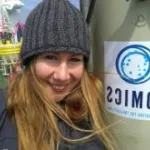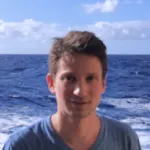The biological carbon pump stores large quantities of carbon dioxide (CO2) in the deep ocean (5.15Gt per year) via the flux of organic matter, without which atmospheric CO2 would be 200–400ppm higher than it is today. Until recently, this storage was thought to occur principally through the sinking of organic matter – the ‘gravitational pump’ – but new evidence has brought to light additional physical-biological particle injection pumps which may resolve the imbalance found in ocean carbon and nutrient budgets.
We propose an ambitious, targeted field experiment in a key region of carbon storage in the North Atlantic, the Labrador Sea, to address four main objectives:
- quantify particle dynamics in the Labrador Sea over the course of a year.
- determine gross and net carbon production in order to quantify export efficiency.
- seasonally resolve POC fluxes via gravitational, eddy subduction and mixed layer pumps at high temporal resolution
- determine the relative importance of the pumps throughout the year.
ReBELS



